12 Iconic Renaissance Sites in the Loire Valley
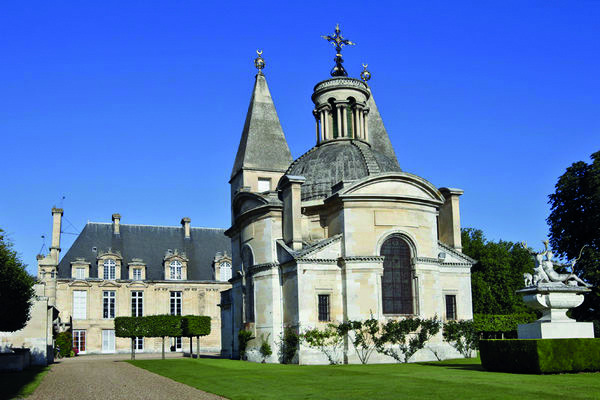
As the cradle of the French Renaissance, the Val de Loire boasts a wealth of places to explore
Related articles: Cradle of the Renaissance: A Celebration in the Loire Valley
Things to See and Do in the Loire Valley
CHÂTEAU D’ANET
This mid-16th century property is packed with Diane de Poitiers’ personal memorabilia, including a lock of her hair and portraits of Henri II, her lover. See Diane herself in the chapel, where her marble effigy prays above her tomb. www.chateaudanet.com
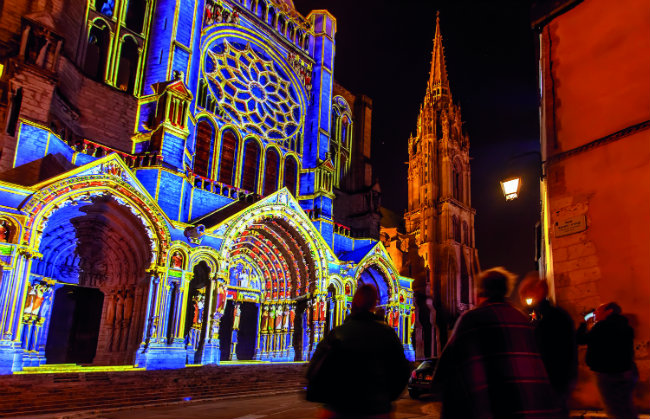
Don’t miss the nightly light shows poised to set Chartres Cathedral aglow.
CHARTRES CATHEDRAL
It is, of course, Gothic rather than Renaissance, but without its presence the French Renaissance might never have happened here. Behold the extraordinary Gothic stained glass and late-Renaissance stone carvings of scenes from the lives of Mary and Jesus. www.chartres-tourisme.com
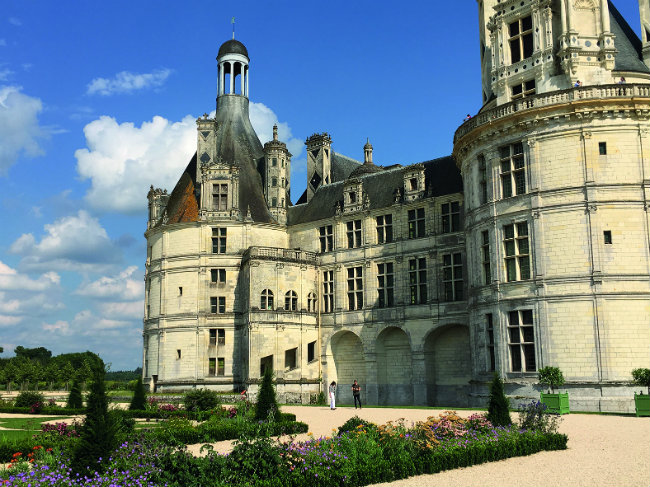
Chateau de Chambord. Photo: Gillian Thornton
CHÂTEAU DE CHAMBORD
The interior of this instantly recognisable early 16th-century pleasure palace is largely empty, but it’s the sheer scale of the place that really packs the punch. Walk among the rooftop turrets and survey the estate, larger than the City of London. www.chambord.org
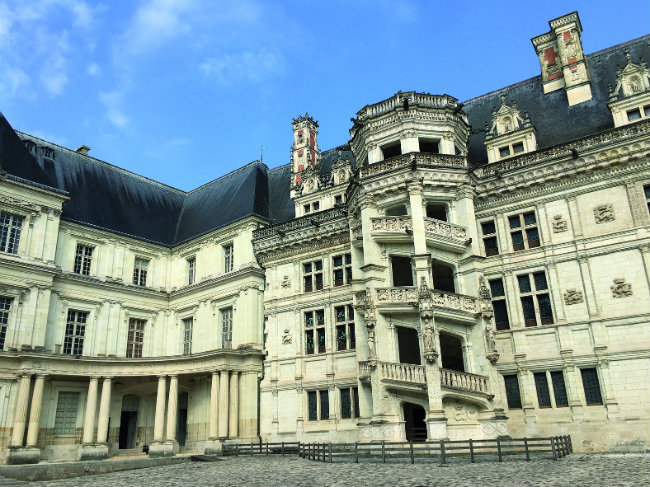
Chateau Royal de Blois
CHÂTEAU ROYAL DE BLOIS
See the evolution of French architecture over the centuries. Don’t miss the spiral staircase outside the François 1 wing. Inside, the new ‘histopad’ tablet recreates key Renaissance rooms in period style in a 360-degree immersive experience. www.chateaudeblois.fr
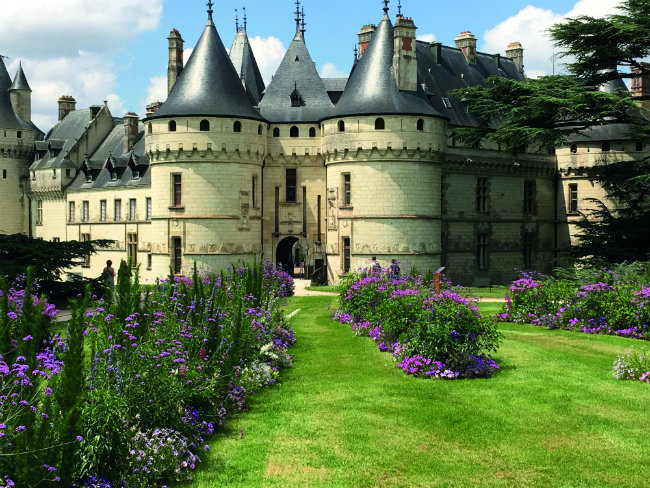
Domaine de Chaumont-sur-Loire. Photo: Gillian Thornton
DOMAINE DE CHAUMONT-SUR-LOIRE
Rebuilt in the late 15th century by Charles I, Chaumont became the property of Catherine de’ Medici in 1550. It is now a centre for arts and nature exhibits. Visit between April and November for the Garden Festival. www.domaine-chaumont.fr
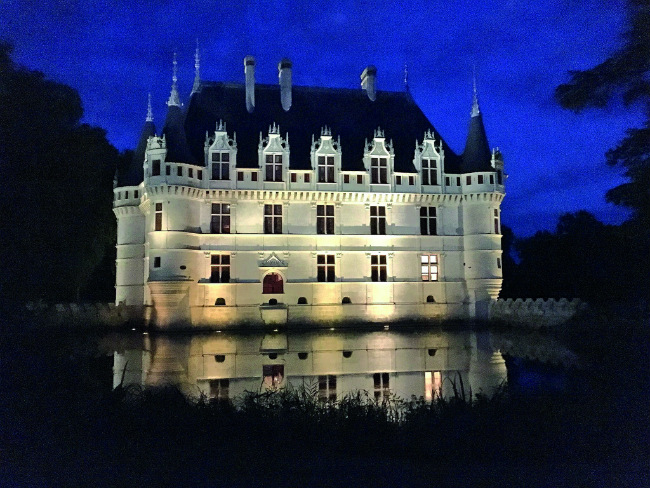
Chateau d’Azay-le-Rideau. Photo: Gillian Thornton
CHÂTEAU D’AZAY-LE-RIDEAU
Built on an island in the Indre River, on the site of an earlier medieval castle, this is a fine example of the development of French architecture in the early 16th century. A subtle blend of traditional French and innovative Italian styles. www.azay-le-rideau.fr
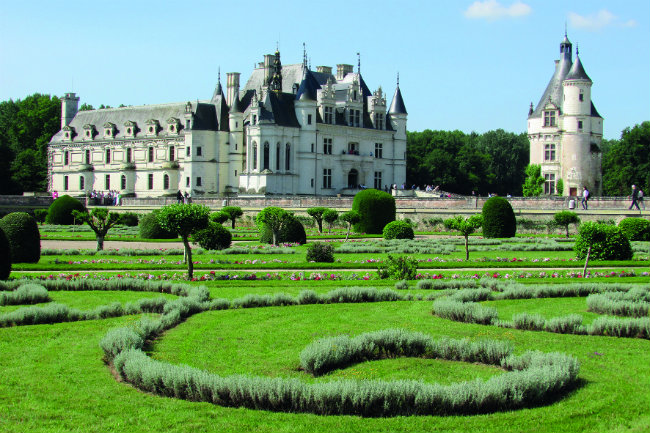
Chateau de Chenonceau. Photo: Gillian Thornton
CHÂTEAU DE CHENONCEAU
Built between 1514 and 1522, with the addition of its famous bridge made later that century, Chenonceau is perhaps the best known of all the châteaux in the Loire Valley. Don’t miss the fabulous seasonal displays of flowers in the kitchen garden. www.chenonceau.com
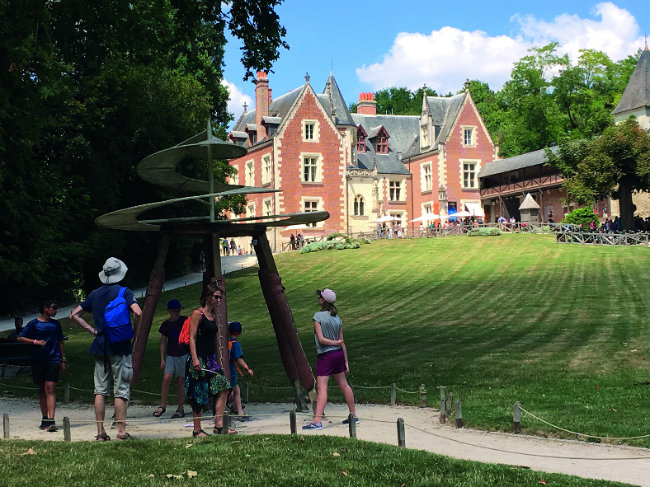
Château du Clos Lucé. Photo: Gillian Thornton
CHÂTEAU DU CLOS LUCÉ
Famous for being the home of Leonardo daVinci for the last three years of his life, its shady park includes large-scale representations of some of his engineering projects. Inside, enjoy 40 scale models, and a copy of the Mona Lisa by Ambroise Dubois. www.vinci-closluce.com
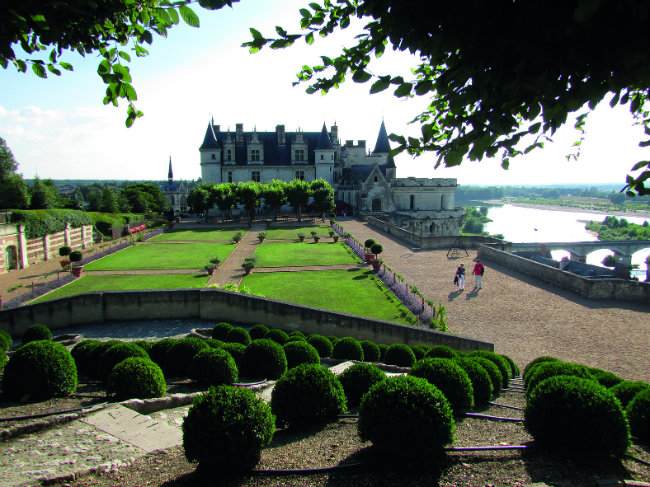
Chateau Royal d’Amboise. Photo: Gillian Thornton
CHÂTEAU ROYAL D’AMBOISE
François I actually spent most of his reign on the road, either on provincial tours or on military campaigns, but when he did come home he usually came here, and it was here that he had his son baptised in 1518, amidst much celebration. www.chateau-amboise.com
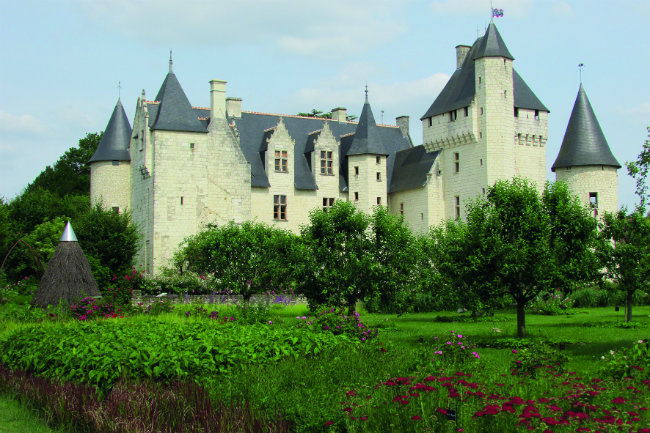
Chateau du Rivau. Photo: Gillian Thornton
CHÂTEAU DU RIVAU
This 15th-century castle south of Chinon was extensively redeveloped during the Renaissance period. You’ll find stunning roses and imaginative plantings in the gardens, plus an equestrian art projection in the stables recreating the age of François 1. www.chateaudurivau.com
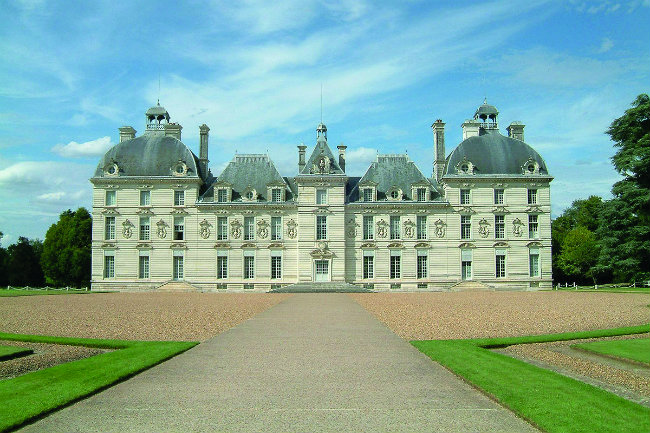
Chateau de Cheverny
CHÂTEAU DE CHEVERNY
Reminiscent in parts of the Palais du Luxembourg (it was designed by the same school), it is famous these days for being the model for Marlinspike Hall in Belgian cartoonist Hergé’s Adventures of Tintin. Lavishly furnished with glorious gardens to boot! www.chateau-cheverny.com
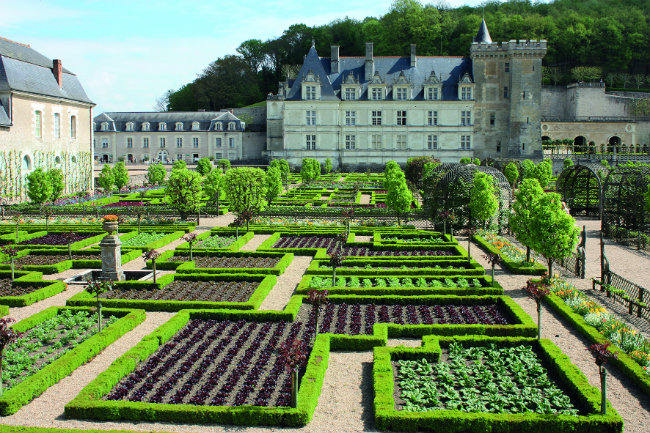
Chateau de Villandry. Photo: Gillian Thornton
CHÂTEAU DE VILLANDRY
Originally a Medieval fortress, it was developed through the Renaissance period. The interior is now firmly 18th century, but the spectacular formal gardens have been recreated in Renaissance style, complete with intermingled fruit and veg. www.chateauvillandry.com
From France Today magazine
Share to: Facebook Twitter LinkedIn Email
Leave a reply
Your email address will not be published. Required fields are marked *



